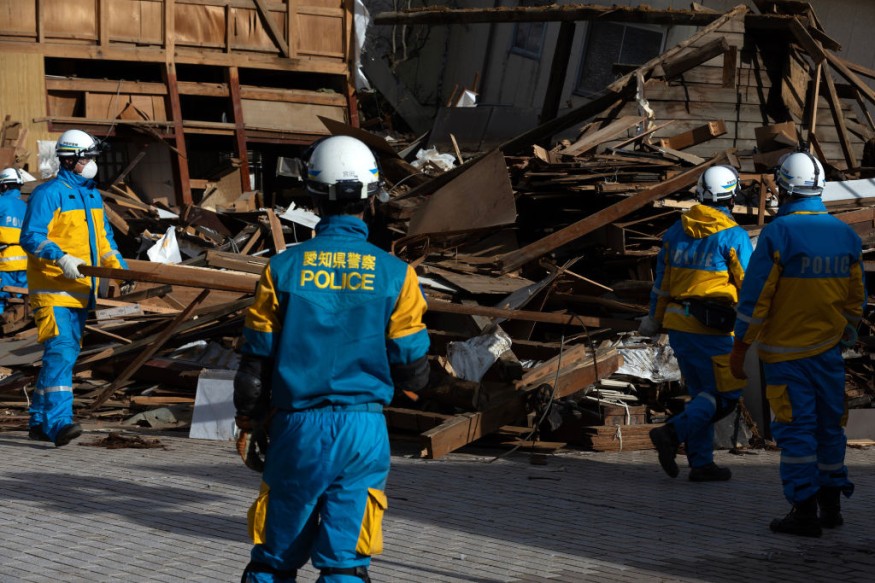A search dog was able to rescue an elderly woman who got trapped in rubble following the deadly earthquake in Japan this New Year. Authorities said that the woman, who is in her 80s, had been trapped on the ground floor of her residence that got destroyed after the powerful earthquake struck the remote Noto peninsula.
The dog, named Jennifer, was just one of the specially trained canines deployed to the regions that were hardest hit by the magnitude-7.5 earthquake.
According to Japanese Defense Minister Minoru Kihara, self-defense forces were able to rescue 122 individuals from the rubbles and devastation brought by the earthquake.
''As of yesterday (3rd), the Self-Defense Forces had rescued 122 people, including a search dog (Jennifer) that found and rescued an elderly woman living alone inside a house in Wajima City. Today is a critical moment, and we will increase the number of members to approximately 4,600,'' he said.
自衛隊は捜索犬(ジェニファー号)が輪島市内の家屋内にて独居高齢女性を発見・救出するなど、昨日(3日)までに122名を救助。正念場の本日は隊員を約4,600名に増強して活動します。https://t.co/m0bmyhjnZG
— 木原みのる(木原稔) (@kihara_minoru) January 4, 2024
Death Toll Rising

So far, the death toll has already reached 82. Many people are still believed to be trapped under their collapsed homes - mostly in the towns of Suzu and Wajima.
Due to this, rescue teams are racing against time to look for more survivors who badly need assistance.
Authorities said that after 72 hours, the chances of finding people alive would substantially go down. That window has already closed because the earthquake hit at 16:10 local time (07:10 GMT) on Monday.
Meanwhile, tens of thousands of residents are still without power and water supply, while hundreds have remained isolated from help due to landslides and blocked roads.
Officials noted that about 29,000 households were without electricity in Ishikawa prefecture on the Sea of Japan coast, and more than 110,000 homes across Ishikawa and two neighboring regions had no water supply.
Further scenes of destruction could be seen across the coastal town of Anamizu, including cars and vehicles that had been crushed under crumbling concrete and whole facades of torn off three-storey structures.
Thousands of soldiers, firefighters and police officers from across Japan rushed through the rubble of collapsed wooden houses and toppled commercial buildings to look for signs of life.
Fake News Can Hamper Rescue Operations
Amid the rescue operations, fake news and disinformation have also become rampant.
These fake news often hampered rescue missions as it can also put lives at risk.
Prime Minister Fumio Kishida has warned that the spread of false information was "unacceptable" and the country's communication ministry has already urged people to carefully discern whether online posts are true before disseminating them.
Experts said that Japan had experienced a number of earthquakes every year and most of them brought no damage, with strict building codes in place for more than four decades.
Meanwhile, earthquakes have hit the Noto region with intensifying strength and frequency over the past five years.
To recall, the country is struck by a massive 9.0-magnitude undersea quake in 2011, which triggered a tsunami that left around 18,500 people dead or missing.
It also swamped the Fukushima atomic plant, causing one of the worst nuclear disasters in history.
Related Article : Major Tsunami Warning Raised as 7.6 Magnitude Earthquake Strikes Japan
© 2025 NatureWorldNews.com All rights reserved. Do not reproduce without permission.





